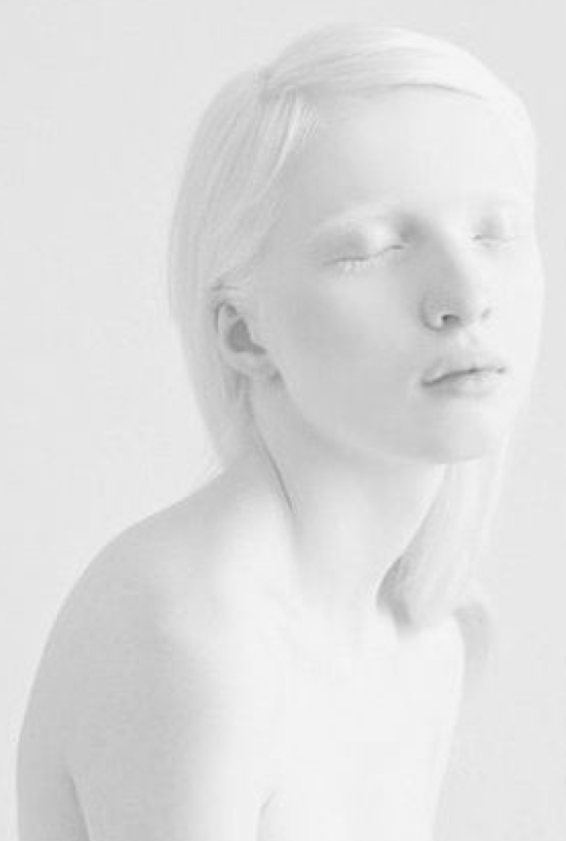Now fully underway with my personal investigation, I feel much more secure and comfortable at the position I am at the moment because I have has the chance to fully plan what it is I actually want to do and what it is I want to pursue and how I am actually going to do this. Although photography does till hold elements of spontaneity in that nothing is ever set in stone and happy accidents are very common when creating and editing imagery, I feel as though I can move forward confidently in my processes to gradually become closer and closer tot he point at which I feel comfortable to take my photobook. This is not for another few months however so I feel like I can use my remaining time wisely to create something visually captivating, poetically presented and something that will also challenge my comforts. Over the next month or so I will be pushing myself more and more as I progress sin order for me to benefit form these risks I plan to take. The more I reach outside of comfort bubble, I will be increasing my chances of satisfaction when something pays off and it will open new doors to me when experimenting with new styles of work. I hope to include myself much more in my images because I believe self-portraits can be and are very effective because using yourself, although difficult can be a great way of expressing yourself an telling a narrative. I will be taking inspiration from artist such as Matt Eich and LaToya Ruby Frazier for this. As well, I feel that so far in my project looking at the concept of relationships within my family and how attachment and detachment is a paramount reality within my own family, I have mostly, if not solely been photographing what an object is and what it looks like at face value and have not been exploring how something may make me feel and then responding to this in my photographs. Therefore over the next few weeks, when producing images, I will be forcing myself to visually show, for the viewers of my images, what an image is and what it looks like but more importantly, exploring deeper into this and attempting to show a less literal interpretation of this.
I believe that the exhibition, for me personally was a break and a temporary halt in proceedings to allow me stop and think what I now want to do moving forward with my project but because I did not use any imagery from my current work for my personal investigation, I was working on this in the background. I haven’t really has the chance yet to look at all my images, although from my shoots, I have chosen my final and edited these as I wish, I haven’t been able to thoroughly self-asses my own work because of my focus on getting images ready for the exhibition. Therefore, I will look over my images and try to make observations of what it is I want to do in my current state – I feel like I am temporarily a little lost and need to find my feet again in terms of what to do to progress bit I am happy with what I am doing thus far as it has set me up for the remainder. However, I feel like I can easily set myself too much to do because of al the ideas that are constantly running through my head and must not let this overrun me so it is important that I take a step at a time whilst still challenging myself in my creative processes.
(collection of images already produced)


I intend to look at my inspirations closely in order to benefit my own outcomes and will analyse their skills in composing their own images for me to get an idea of how this can be interpreted into my work. Looking at these photographers I have previously analysed will better my understanding of ways I can become more creative and in-turn better my work. The themes of my inspirations work are also similar to mine and so I can derive meanings out of their work to also hopefully give me some ideas on what I can do. For example, I hope to produce a similar family-tree-like presentation of my own family as Rita Puig Serra Costa does at the beginning of her book looking at the loss of her mother. Using thumbnail portraits of my own family members at beginning of my book set-out like a family tree will be perfect to show the idea relationships and connections and the familial bubble/circle. Also, I intend to become more poetic and metaphorical in my work through looking at that of Matt Eich’s project ‘I Love You I’m Leaving’ which also explores how a divorce can be tragic but how you’ve got to stride forward and continue, with your own loved ones, to create your own memories. It also underpins the idea of making you as the photographer the centre point and telling the story from your perspective, which I hope to do more of.
The themes I want to delve deeper into are that of attachment and detachment and the idea of losing an identity, as well as memories of my mum and dad from when I was younger and the fragility of love and growing up which will be explored through my relationships with my girlfriend and my sister.
(collection of images already produced)
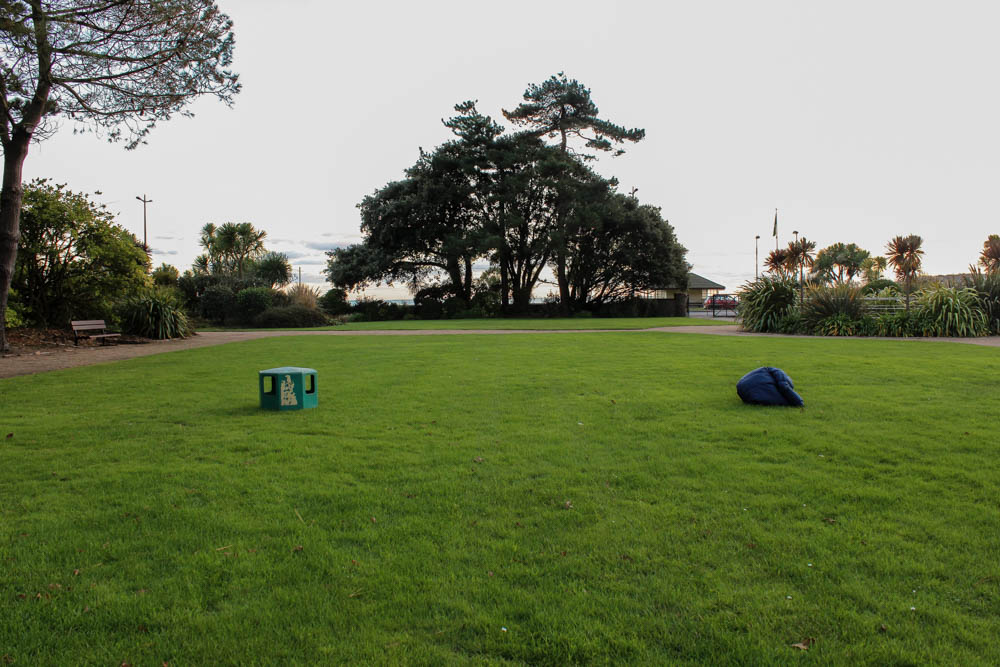
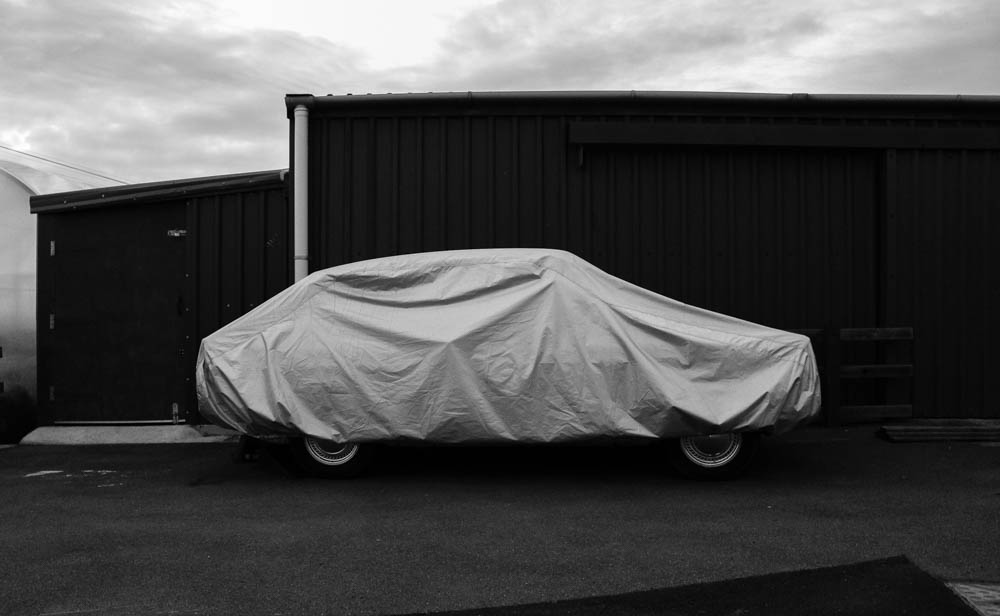
My aim is to also produce imagery that will in-turn eventually work together as whole and as a collective which tells a visual story because this is what I am wary of at the moment and what I am cautious of because my photobook needs to be a story and a journey of how my parents divorce when I was so young has now influenced my upbringing and how I live my onw life in relations to what my mum and dad are now doing with their own lives. I am going to aim to produce images to work as a collective and not in isolation of each other. I will collaborating with my subjects and it is a project that will be something for them to also look back on and appreciate so I want to do this project justice. It encapsulates a subject that is often seen as a taboo – divorce. People feel very wary and awkward to bring this up and talk about it because it involves heartbreak and often hatred for the other half if it was a painful break-up. I want to show it in a more positive light and present myself as the centre of this divorce – not a cause but somebody who has been impacted by this but have not let it affect my life in a way that I have found myself in a position of loneliness and instead, I am surrounded by a more cohesive family. I will also be contrasting events – I will be attempting to show how my mum and ads relationships is similar and different to that of mine and Lucy’s relationships because my mum fell in love at 16 also. As well, I will comparing and contrasting the life of myself at 4 when my parents split to tat of Minnie’s life now – she was also 4 when her mum and dad split, however, for this to be clear, it will be up to the audience’s interpretation of what I show. I will provide the ingredients and it is the viewers choice on how to decode this – an aspect that I enjoy because I do not wish to show direct meanings and present a full dimensional outlook – it will partly fragmented and it is up to the viewer to put it together.
(collection of images already produced)
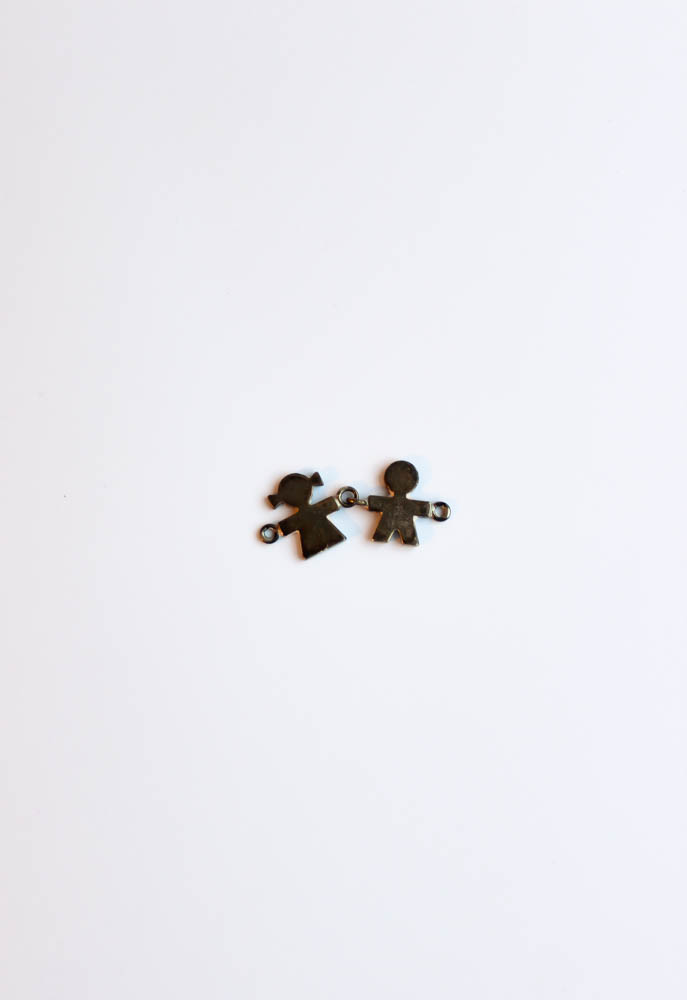


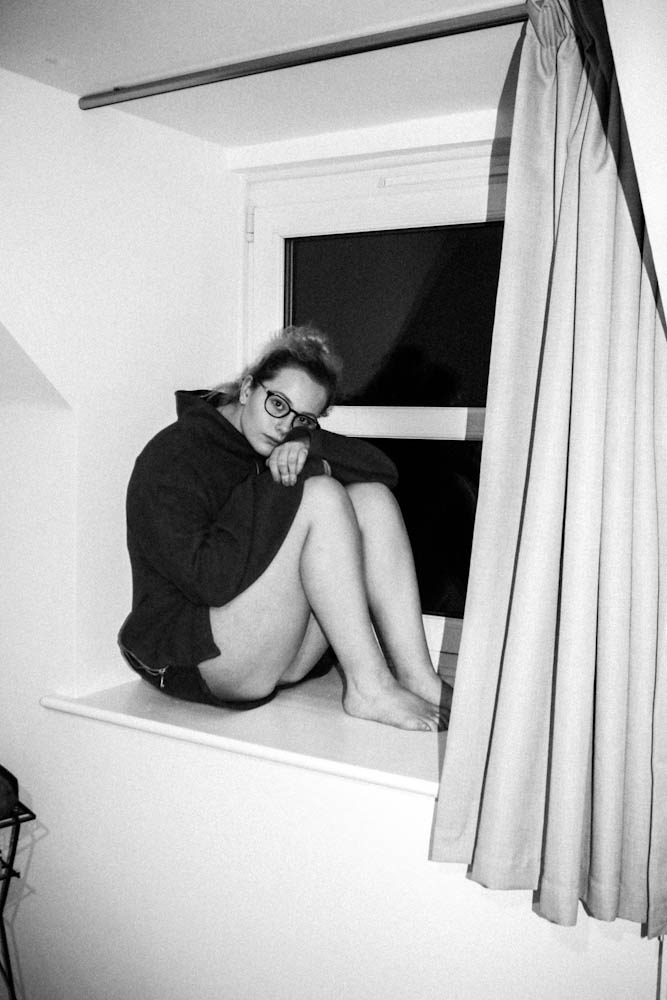
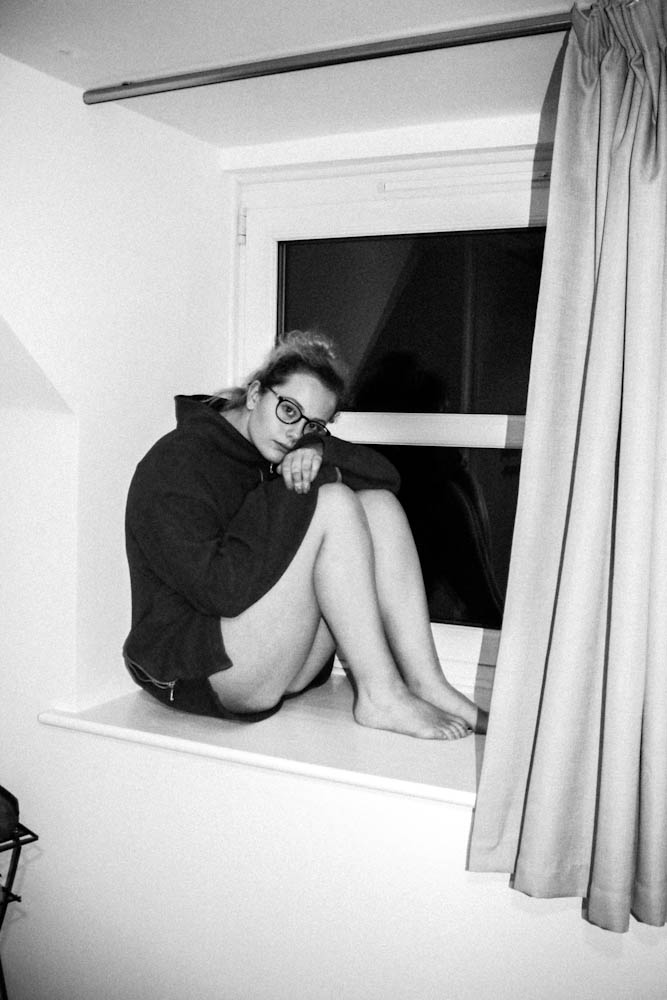
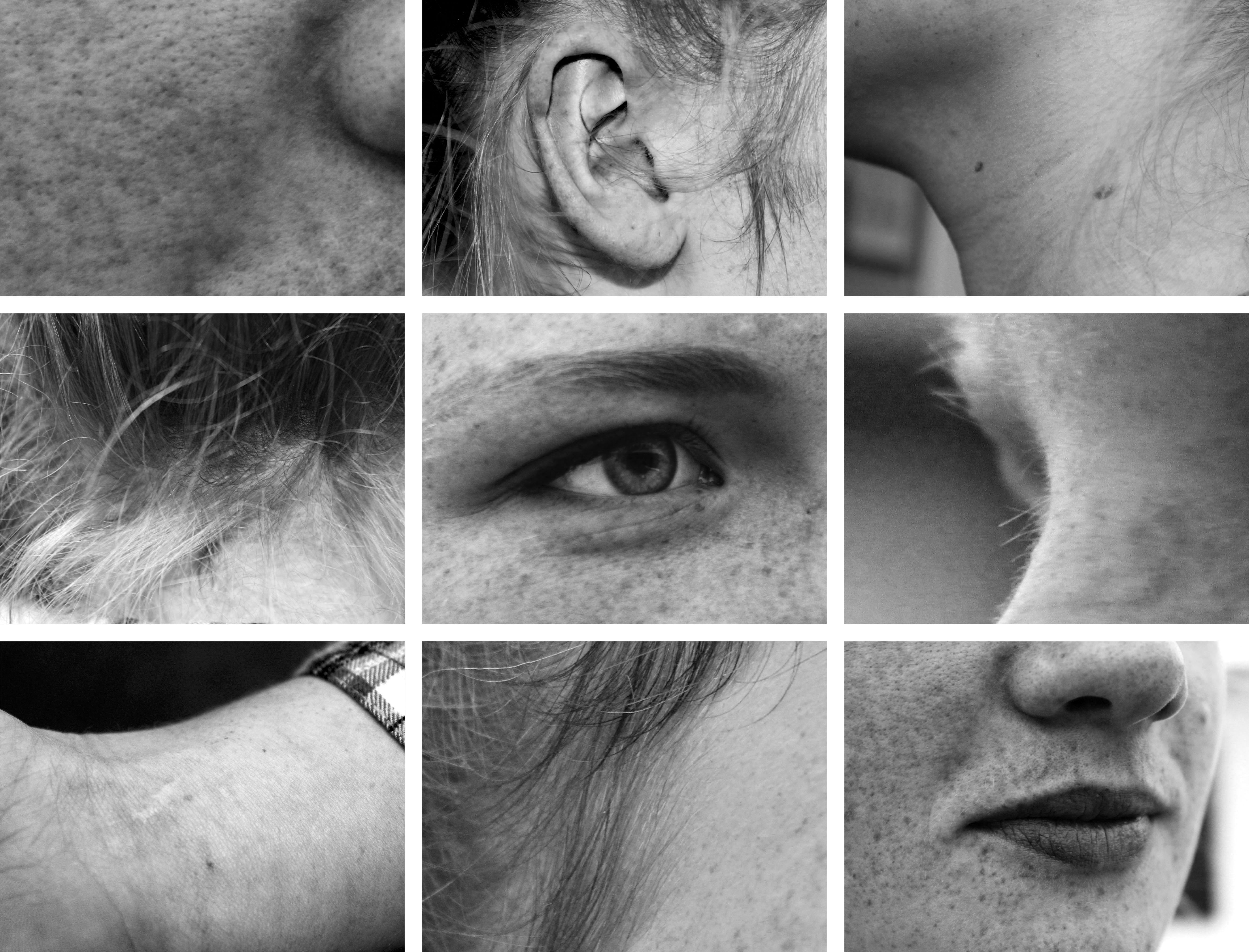
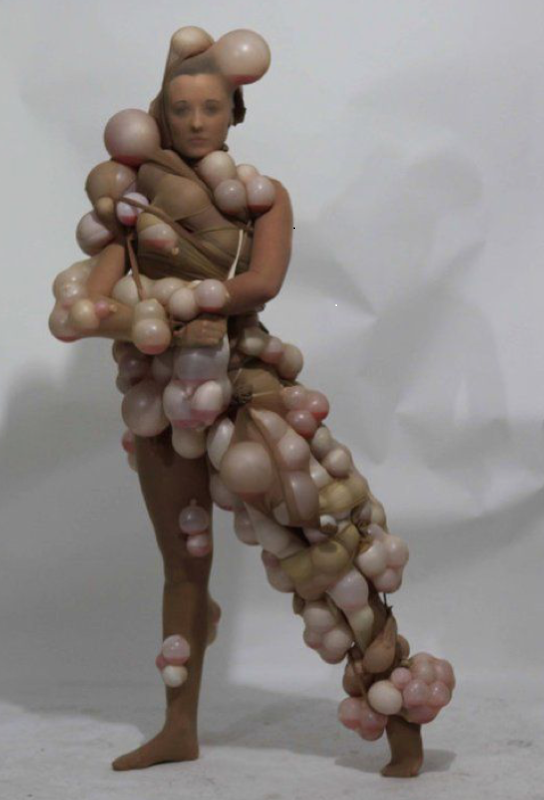 At some point within my project, I also plan to experiment with the idea of neutrality. I plan to do this by simply painting someone white to symbolize the way some people can feel, invisible and worthless. I want to be creative with my shoots and experiment by using paint too see what images I can capture.
At some point within my project, I also plan to experiment with the idea of neutrality. I plan to do this by simply painting someone white to symbolize the way some people can feel, invisible and worthless. I want to be creative with my shoots and experiment by using paint too see what images I can capture.